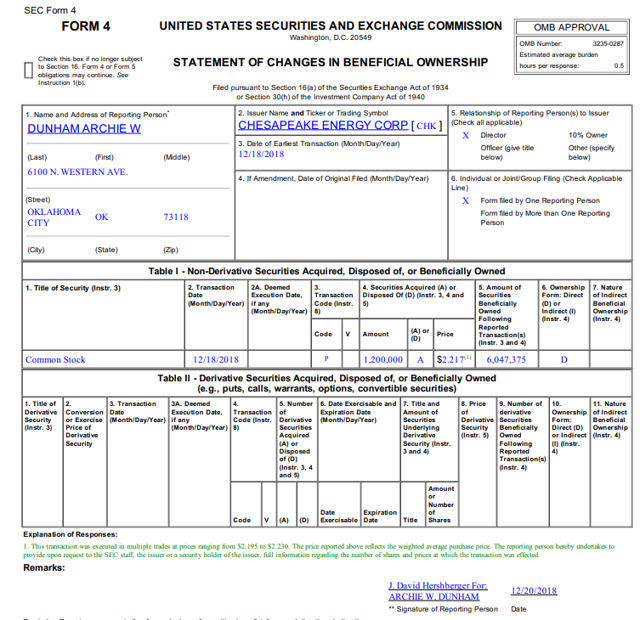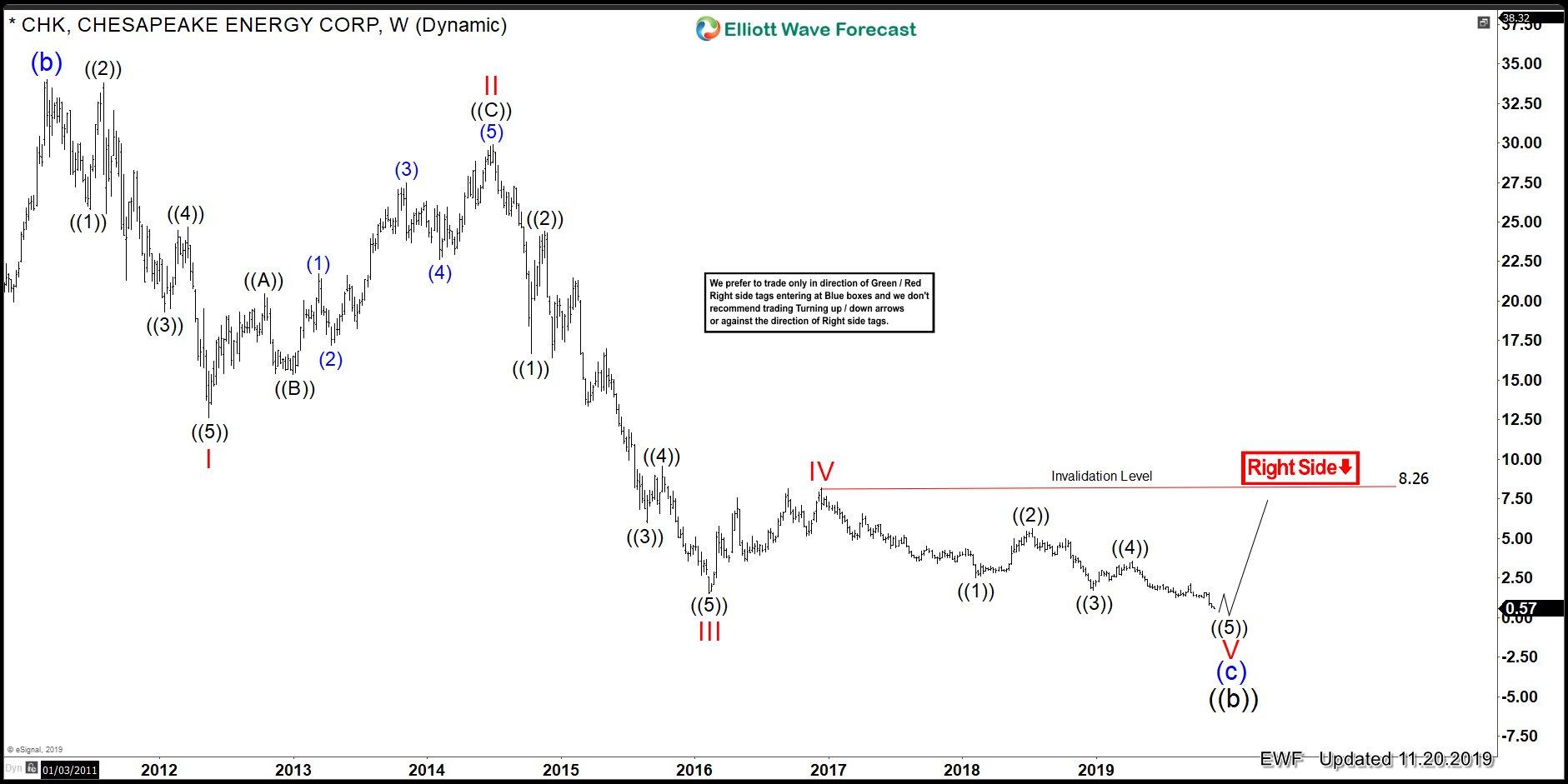

We'd like to further clarify that you signed up for 2 separate services. We'd like to clarify that we replied to your service request 2 days ago, and kindly request you check in your inbox for our reply.

It shows how effective a company is at turning capital invested by shareholders and other debtholders into profits.Hi Abdul, Thank you for writing in and we are sorry to hear that you are unhappy with the service provided. Return on invested capital (ROIC) is net income after dividends divided by the sum of debt and equity. Indicates a company's profitability in relation to its total assets.

The rate at which the company's net income has increased to the same quarter one year ago. It indicates the company's profitability. Net income divided by revenue of the last 4 quarters. Net Income is the profit after all expenses have been deducted from the total revenue. It indicates the efficiency of using their resources to produce goods or services.Įarnings before tax and interest payments. Gross profit is the profit after subtracting the costs of making and selling its products or the costs of providing its services. Revenue is the sum of all cash flow into the company. However, the ratio is difficult to compare between industries where common amounts of debt vary. Price to Book Ratio is the Market cap divided by the Book value of the companyĪ higher ratio indicates a higher risk. Market cap divided by the revenue in the most recent year. A lower PEG could mean that a stock is undervalued.Įarnings divided by outstanding shares. The ratio between the P/E ratio and the growth rate of the company's earnings per share in the last twelve months. A high ratio could indicate that the stock is overvalued or investors are expecting high growth. A low ratio could indicate that the stock is undervalued or investors aren't expecting high growth. Ratio between share price and earnings per share.


 0 kommentar(er)
0 kommentar(er)
